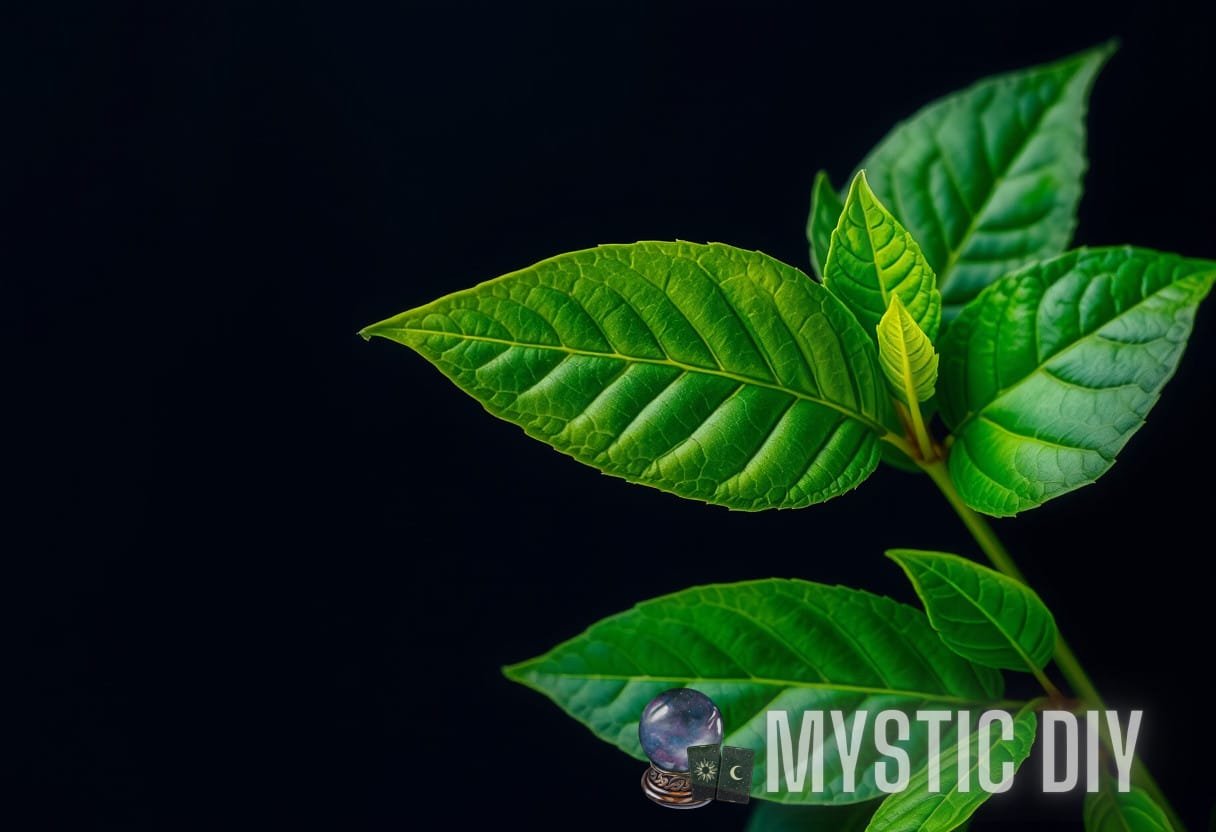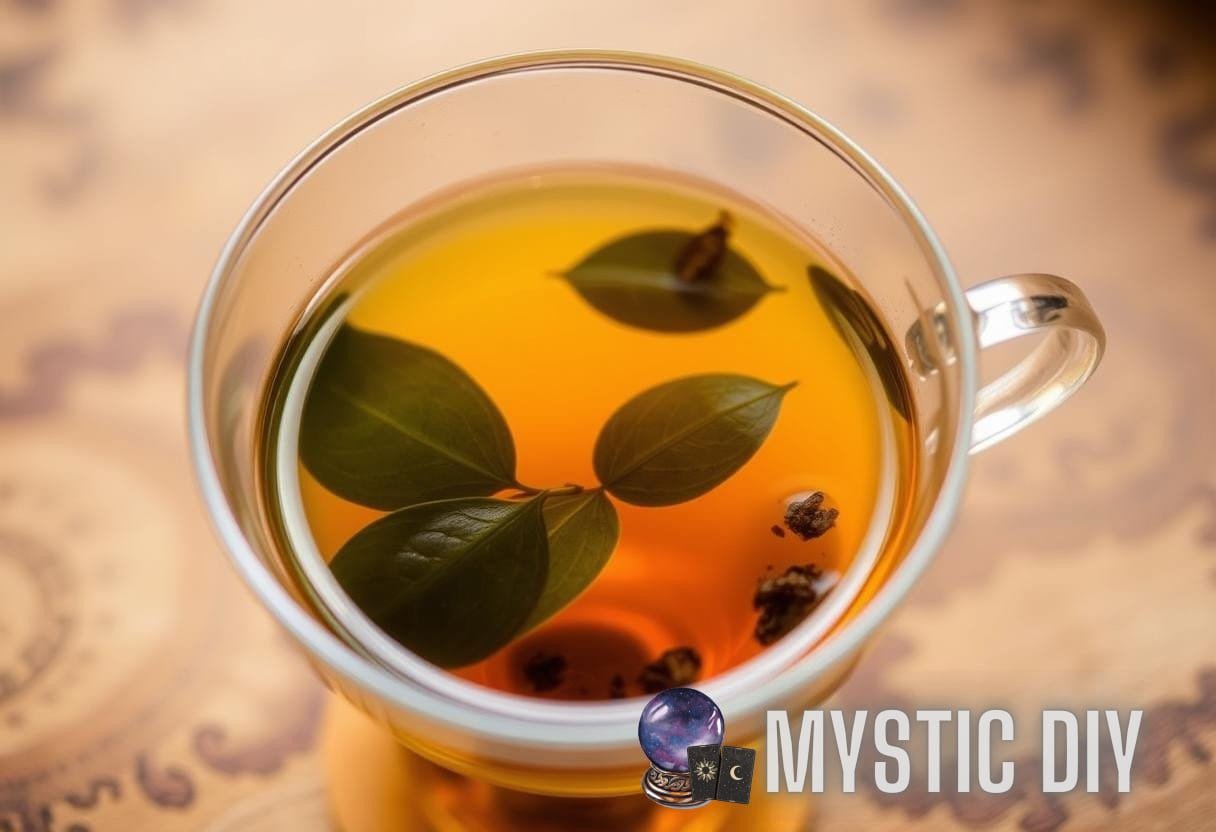Tea Leaves as Nature’s Data: Analyzing the Informational Patterns Behind Herbal Insights
In recent years, the study of tea leaves has garnered increasing attention in both traditional and modern herbal practices. This fascination stems from a deeper understanding of how these seemingly simple organic materials can represent complex herbal insight patterns. The tea leaves we brew every day are more than just a flavorful drink; they contain a wealth of information about plants, their chemical properties, and the environment where they grow.
Tea, derived from the Camellia sinensis plant, is often categorized into several types, including black tea, green tea, white tea, and herbal teas. However, it is the herbal teas that provide the richest landscape for investigating herbal insight patterns, thanks to their diverse range of ingredients and associated benefits. Exploring these patterns allows researchers and herbalists to unlock the secrets behind these plants while promoting wellness.
The Science of Tea Leaves
Tea leaves are a sophisticated blend of phytochemicals that can provide insights into an individual plant’s medicinal properties and potential health benefits. This intricate mixture of compounds involves:
- Polyphenols: These are powerful antioxidants that can mitigate oxidative stress.
- Catechins: Notably found in green tea, these compounds are believed to aid in fat metabolism.
- Alkaloids: Present in varying amounts, these can have stimulating effects on the central nervous system.
- Amino Acids: Such as L-theanine, which contributes to tea’s calming effects.
Each of these compounds differs based on the tea type, processing method, and environmental conditions of the plant’s growth. By analyzing the composition of tea leaves, we can gain insights into their health implications and identify specific herbal insight patterns that emerge from herbal teas.
Understanding Herbal Insight Patterns
Herbal insight patterns refer to trends and correlations identified through the analysis of herbal constituents and their effects on health. By studying tea leaves, we can identify various patterns that relate to:
- Health Benefits: Different teas have specific health advantages, such as reducing the risk of heart disease or improving cognitive function.
- Flavor Profiles: Certain chemical compounds result in distinct flavors, which can correspond to health effects.
- Growing Conditions: Environmental factors can influence the phytochemical makeup of tea leaves, impacting their effects.
These herbal insight patterns can be diagrammed and statistically analyzed, providing a framework for further herbal research and education.
Case Study: Green Tea and Its Compounds
Green tea serves as a prime example to study herbal insight patterns. It is rich in catechins, specifically epigallocatechin gallate (EGCG), which has been the focus of numerous studies. Research indicates the following:
- EGCG possesses antibacterial and antiviral properties, making it beneficial for immune function.
- Regular consumption of green tea may promote weight loss due to increased fat oxidation.
- A study published in the Journal of Nutritional Biochemistry indicated that participants who consumed green tea extract experienced improved metabolic rates.
These findings illustrate how a deeper analysis of tea leaves can reveal significant health implications and establish specific herbal insight patterns.
The Role of Processing in Herbal Insight Patterns

The processing of tea leaves—ranging from wilting and oxidation to drying—greatly influences the final product. For instance, black tea undergoes full oxidation, creating different flavor profiles and health benefits compared to green tea’s minimal oxidation process. This method of processing can lead to distinctive herbal insight patterns, as seen in the following points:
- Antioxidant Levels: Fully oxidized teas like black tea may exhibit lower levels of catechins than their green counterparts.
- Caffeine Content: The oxidation level also affects the caffeine concentration, often resulting in higher caffeine in black tea.
- Flavor Complexity: The reactions during processing contribute to unique flavor notes, which may align with health attributes.
Understanding these effects offers crucial insights into why different teas can lead to varying physiological responses.
Cultural Perspectives on Herbal Insight Patterns
Throughout history, various cultures have recognized the significance of tea leaves. In traditional Chinese medicine (TCM), tea is often used for its holistic benefits. The emphasis on observing herbal insight patterns in TCM promotes a preventive approach to health. Here, certain teas are selected based on their perceived effects on the body’s balance of Qi.
In contrast, modern herbal science has adopted a more empirical methodology, emphasizing controlled studies and data analysis. This fusion of ancient traditions and scientific inquiry facilitates a clearer understanding of herbal insight patterns.
Democratizing Herbal Insight Patterns with Modern Technology
As technology advances, tools for analyzing herbal composition become more accessible. Innovations in analytical chemistry, such as high-performance liquid chromatography (HPLC) and gas chromatography–mass spectrometry (GC-MS), allow us to dissect the complexities of tea compounds.
These technologies enable researchers to create data-driven profiles of different teas and can help consumers make educated choices based on specific health benefits. For example, consumers can analyze herbal insight patterns that align with their health goals, such as better digestion or improved focus.
Herbalism and Personalized Health Insights
The integration of personal health data with herbal analysis is a growing trend. Many companies now use genetic testing and other personalized data to provide tailored herbal recommendations. This approach illuminates specific herbal insight patterns tied to individual health needs.
For instance, a person with high cholesterol may benefit from hibiscus tea, known for its lipid-lowering properties. This personalization represents a significant evolution in how we interpret and utilize tea leaf data.
Internal Resources to Explore Further
For those interested in diving deeper into tea leaves and their insights, consider these resources:
- Explore Types of Tea—Learn about the various classifications and benefits of each tea type.
- Discover Health Benefits of Tea—Understand the scientific backing behind tea’s health claims.
Conclusion
The analysis of tea leaves as nature’s data opens a treasure trove of knowledge concerning herbal insight patterns. By marrying traditional herbal practices with modern scientific methods, we gain unprecedented access to understanding how these plants can positively impact our health. As research continues, we can expect more discoveries that bridge the gap between ancient wisdom and contemporary science, ensuring that the wisdom contained in tea leaves remains relevant in our quest for well-being.



